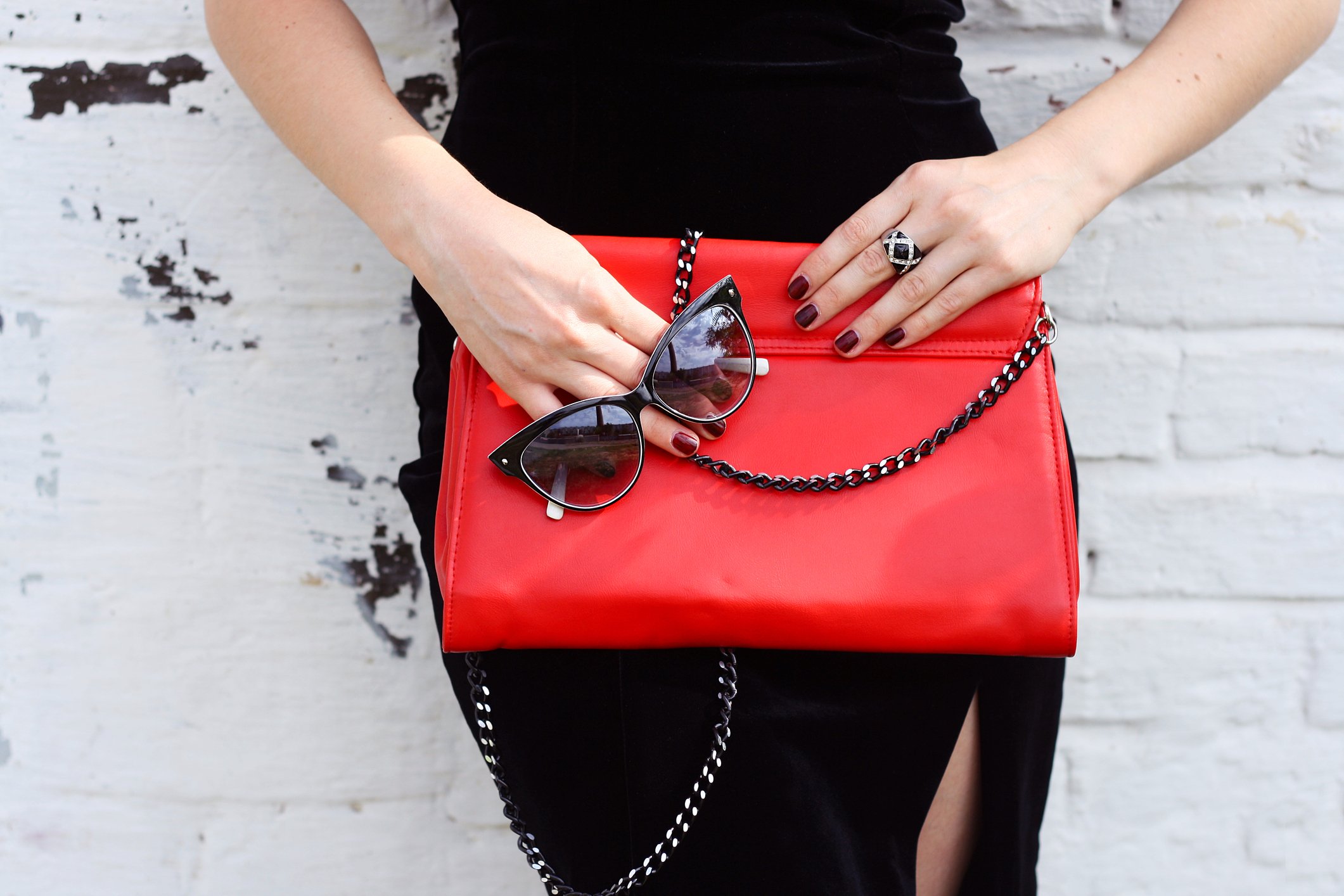
Miss Piggy starred in Kate Spade's holiday ad campaign. Image source: Kate Spade.
Kate Spade & Company (KATE +0.00%) appears to be readying itself for a sale, and that sent its shares skyrocketing in December.
What happened
Multiple news outlets reported that the company might be for sale late in the month. There has been no formal comment from Kate Spade executives, but Crain's New York wrote that the company plans to kick off a formal auction process in January with interest from six possible bidders.
Those rumors sent shares of the handbag maker from an opening price of $14.94 on Dec. 1 to $18.67 when markets closed for 2016, a 25% gain according to data from S&P Global Market Intelligence.

Image source: YCharts.com.
So what
Kate Spade would likely be a more profitable brand as part of a bigger company. On its own, the company has a relatively limited line, which it distributes in its own stores and through partner retailers. The company has 140 locations in the United States and more than 175 shops internationally.
Joining up with a bigger player could lower its manufacturing, distribution, and marketing costs. It could also give the company more outlets to sell its products in.
Now what
Rumors and inside sources have sent share prices higher, but now an actual sale is needed to justify those gains. If the company actually has six bidders interested, it's very reasonable to think that a 25% premium on the stock price would be justified.
At this point, assuming management actually wants to sell, Kate Spade sits in an enviable position. It's not under any pressure to sell, but if multiple parties are interested, it can play the various bidders against each other. That should allow the company to extract not only the highest price, but also the most-favorable conditions for its employees and the brand.
If there's actually as much interest in the brand as reports suggest and the potential acquirers make sensible offers, then the company should sell. Kate Spade has been an impressive story and its recent bounce-back from tough times has added to that legend. Going forward, however, a bigger-is-better approach might be beneficial, and the company should make the best deal it can for its shareholders and its ongoing success as a brand.






